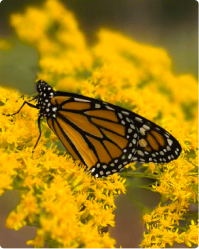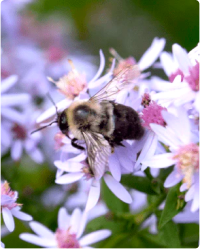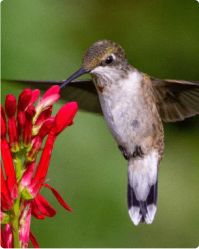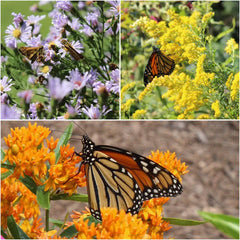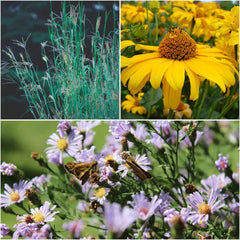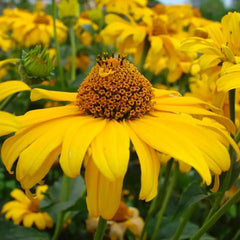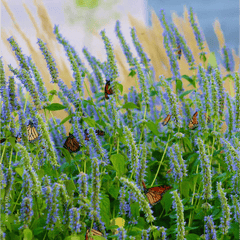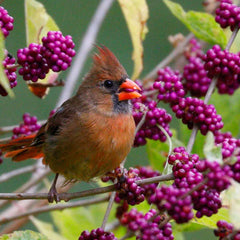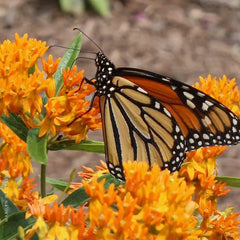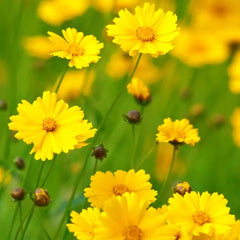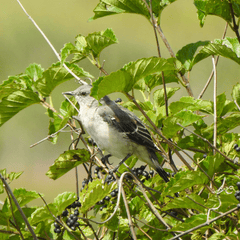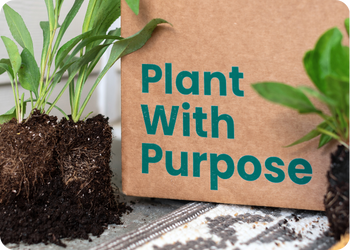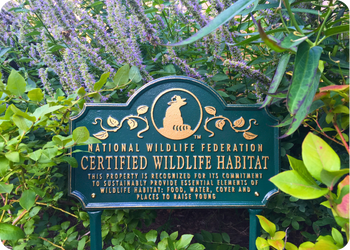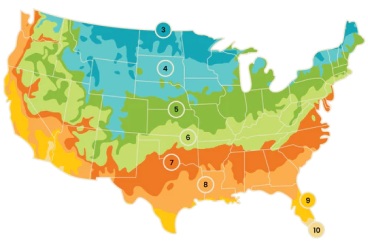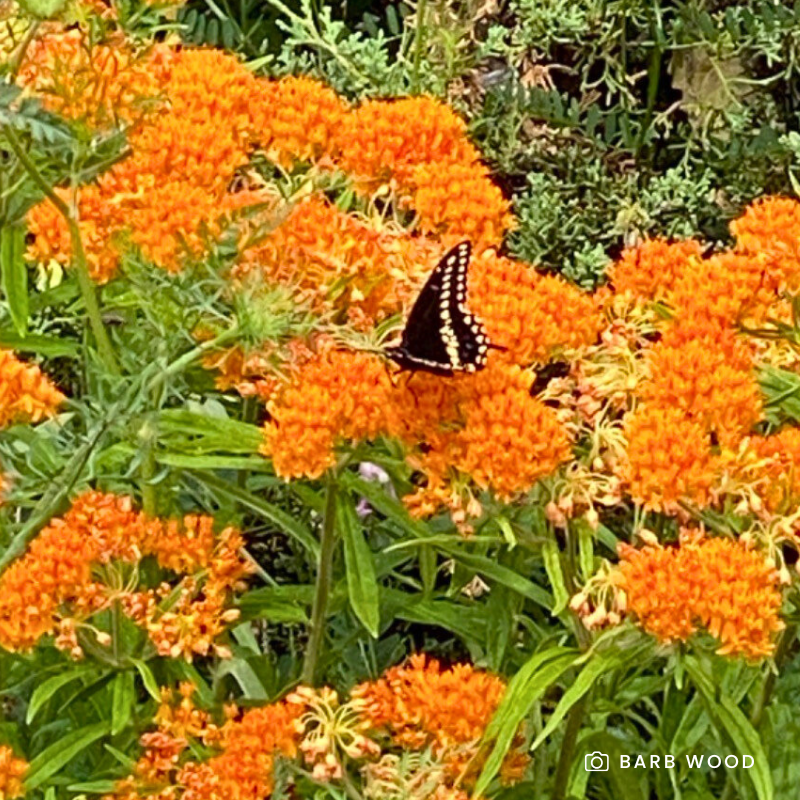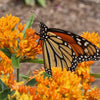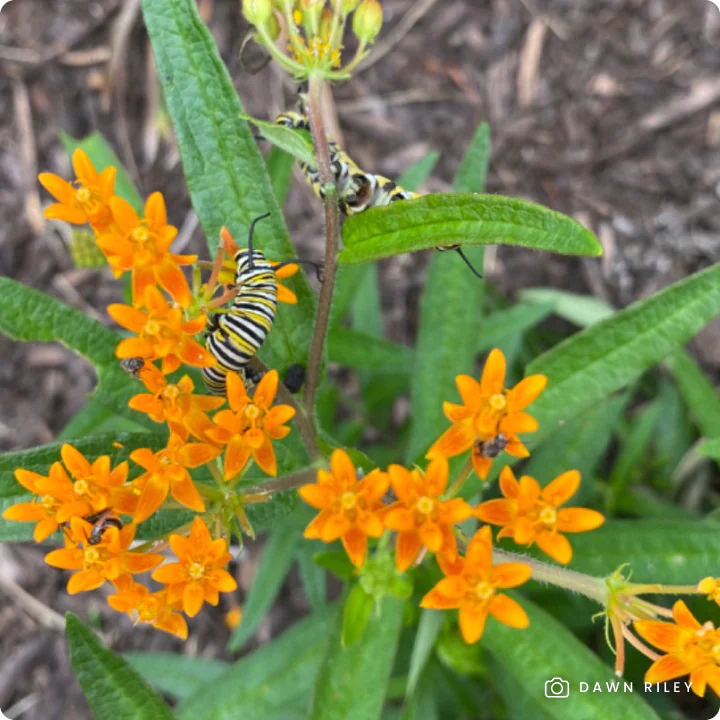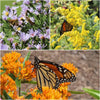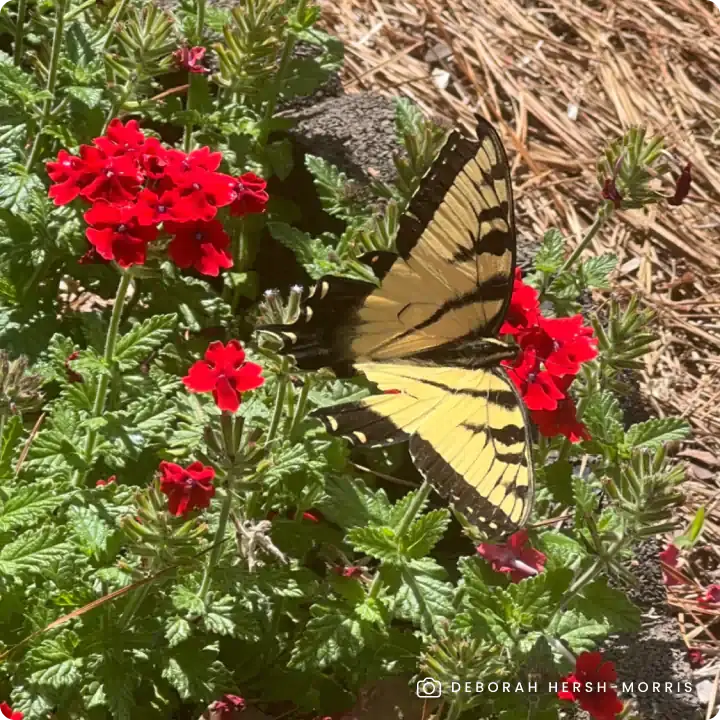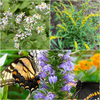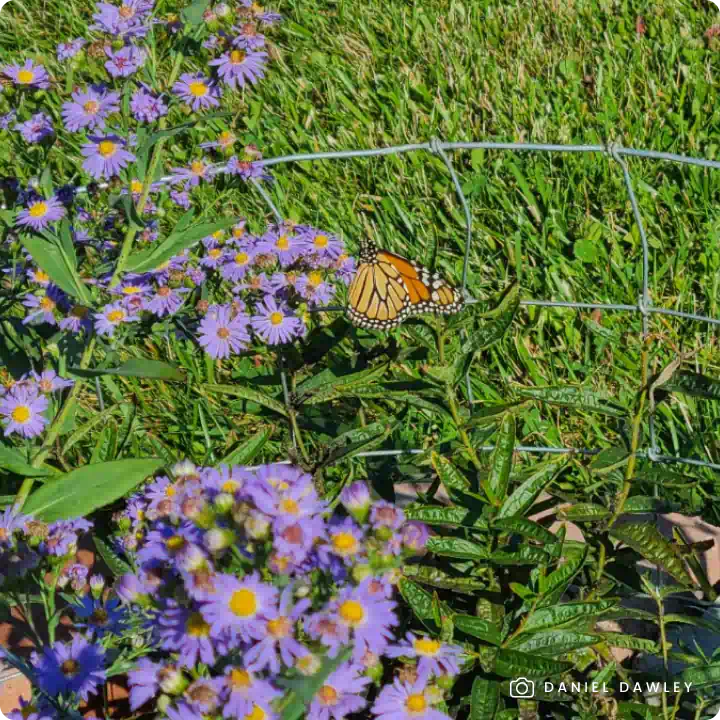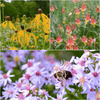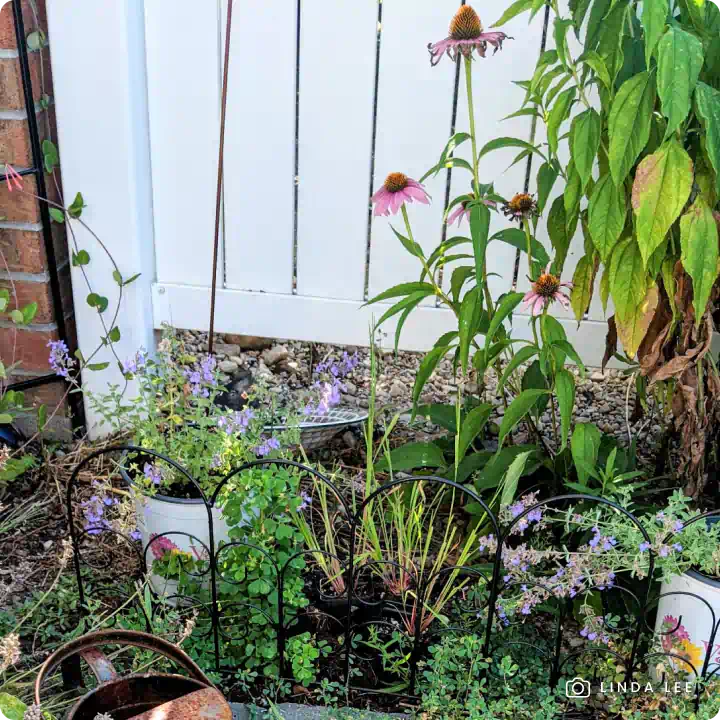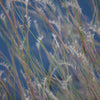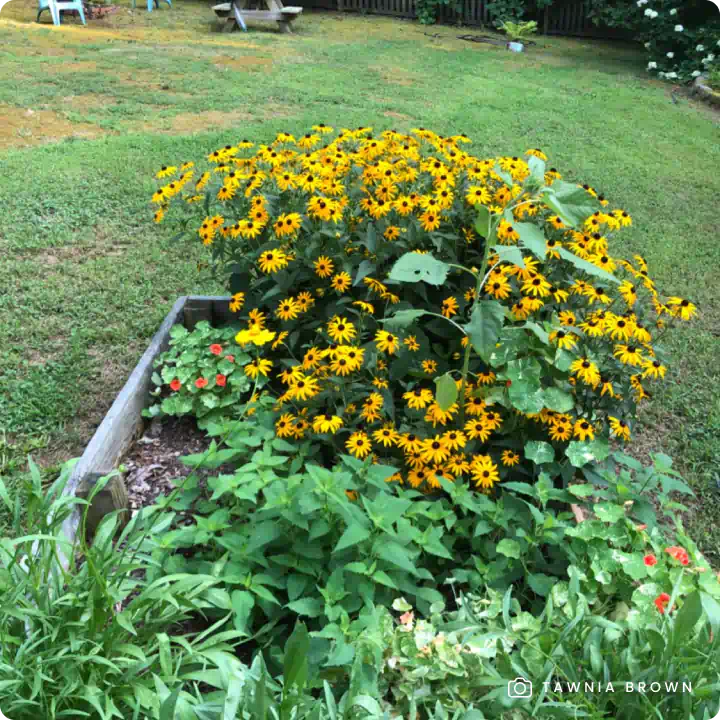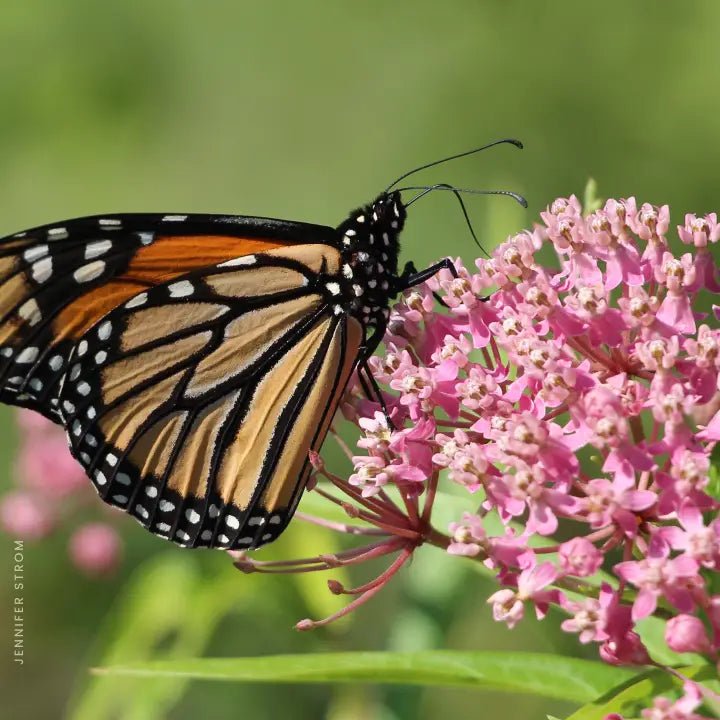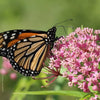Soapweed (Yucca glauca), also known as Soapweed Yucca or Narrowleaf Yucca, is a striking semi-woody perennial that adds a unique architectural element to your garden with its clumps of narrow, pale-green, dagger-like leaves. A member of the Agave family, this plant is well-adapted to dry, arid climates. Though it may take many years to flower, the effort is well worth it, as a spectacular flower stalk emerges, bearing bell-shaped, greenish-white flowers that are followed by woody seed capsules.
Soapweed Yucca is an essential plant for supporting native ecosystems. Its leaves provide year-round interest and its flowers attract butterflies and beneficial insects, but the plant's true ecological value lies in its co-dependent relationship with the Yucca Moth, which is the sole pollinator of its flowers. The deep taproot, which can extend up to 20 feet, makes it exceptionally drought-tolerant and a resilient choice for challenging landscapes.
Native to the southwestern US, this plant is the New Mexico State flower.
Why Grow Soapweed Shrub?
- Drought-Tolerant & Resilient: This hardy plant has a deep taproot that makes it extremely tolerant of dry, rocky soils and arid conditions.
- Essential for Wildlife: Provides food and nesting material for small mammals, birds, and reptiles. The flowers attract butterflies and are the sole larval food source for the Yucca Moth.
- Unique Structure & Beauty: Evergreen, dagger-like leaves add a striking texture and form to the landscape, with a towering flowering stalk in bloom.
- Historical & Medicinal Value: The plant's roots contain saponin glycosides, which can be used to create a soapy lather for washing hair and clothing.
- Pollinator-Safe: Grown non-GMO and free of harmful neonicotinoids, promoting a healthy ecosystem for pollinators and wildlife.
Available in a one-gallon container.
Planting Tips
- Location: Prefers full sun and dry, well-drained soils.
- Watering: Water regularly during the first growing season to establish a strong root system. Once mature, it requires minimal supplemental watering.
- Maintenance: Minimal care is required for this low-maintenance plant.
For more information on planting, view our How to Plant Your Native Plants guide and other planting tips in the Garden for Wildlife Learning Center.
Add this remarkable, drought-tolerant plant to your garden for its unique beauty and its vital role in supporting a healthy, co-dependent ecosystem.
